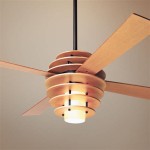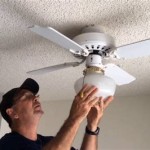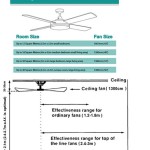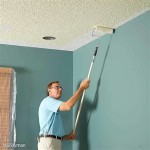Ceiling fans with remote control can offer a great way to improve your home’s air circulation and temperature regulation, while providing a convenient and aesthetically pleasing addition to your home. With the right remote-controlled ceiling fan, you can enjoy the benefits of cooling while avoiding the hassle of manual switches.
Benefits of Ceiling Fans With Remote Control
Ceiling fans with remote control offer a variety of benefits, such as:
- Convenience – With remote control, you can quickly and easily adjust the speed of the fan and its direction from anywhere in the room. This means that you can stay comfortable without having to get up and manually make adjustments.
- Energy Efficiency – Ceiling fans with remote control are designed to use less energy than traditional ceiling fans. This can help you save money on your energy bills.
- Aesthetics – Many ceiling fans with remote control come in a variety of designs and finishes, so you can find the perfect fan to fit your home’s décor.
- Safety – Ceiling fans with remote control are equipped with safety features that prevent accidents, such as automatic shutoff when the fan is not in use.
Installation of Ceiling Fans With Remote Control
Installing a ceiling fan with remote control is a relatively straightforward process. Before beginning, make sure you have all the necessary tools and materials on hand, such as a power drill, screwdriver, and necessary screws and anchors. You will also need a remote control for the fan.
Follow these steps for a successful installation:
- Turn off the power to the circuit from the main breaker box.
- Remove the existing fan and disconnect the wiring from the fan.
- Mount the fan bracket onto the ceiling joist.
- Connect the wiring for the fan to the ceiling joist.
- Connect the wiring for the remote control to the fan.
- Mount the fan onto the fan bracket.
- Test the fan and remote control to make sure they are working properly.
Troubleshooting Ceiling Fans With Remote Control
If you experience any problems with your ceiling fan with remote control, try the following troubleshooting tips to resolve the issue:
- Check the batteries in the remote control to make sure they are still good.
- Make sure the fan is not blocked by furniture or other objects that may be interfering with the signal from the remote.
- Check the wiring for the fan and remote control to make sure it is properly connected.
- Make sure the fan is not overheating, as this can cause the remote to malfunction.
If all else fails, consult the manufacturer’s instructions for more detailed troubleshooting steps.















Related Posts








